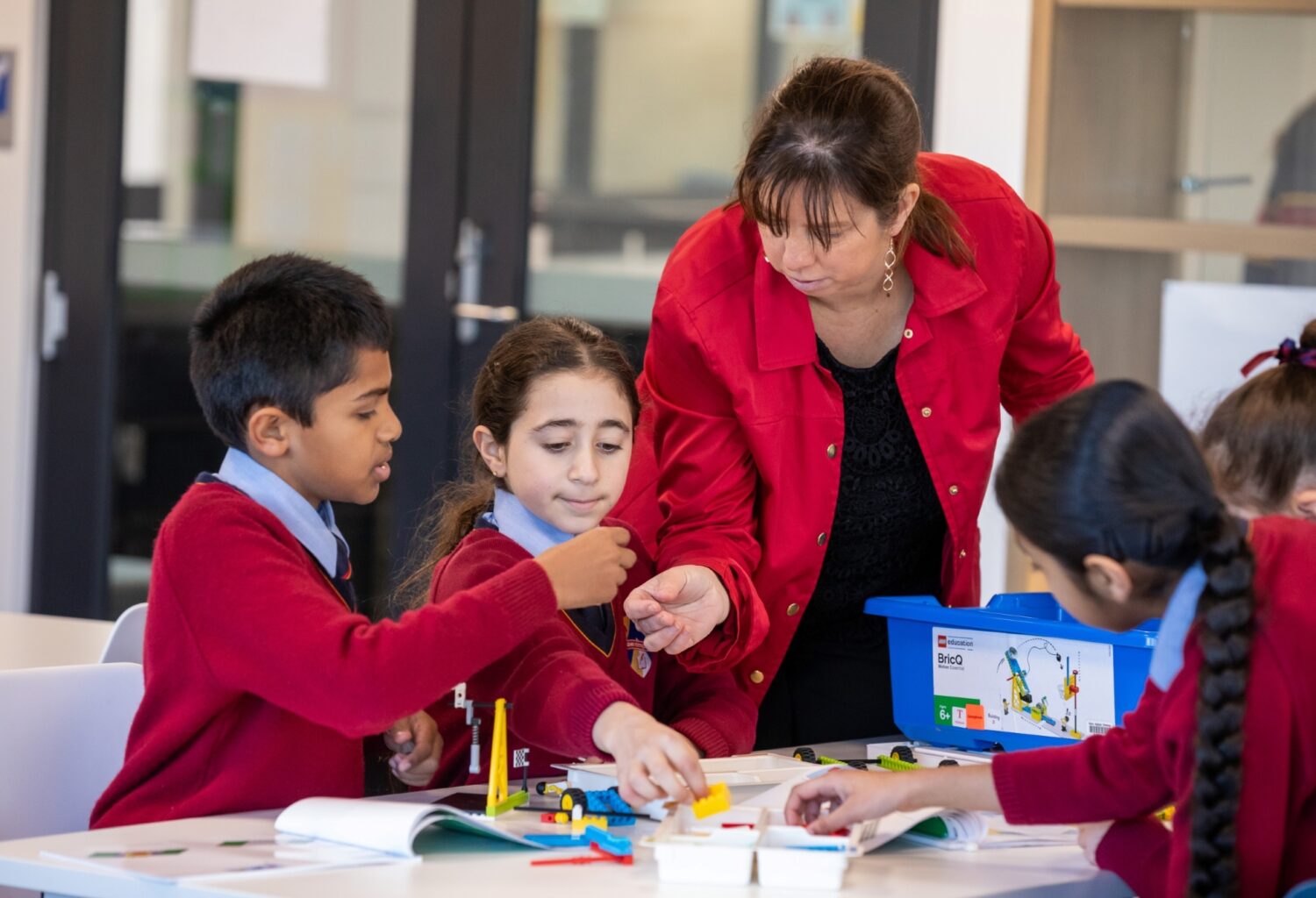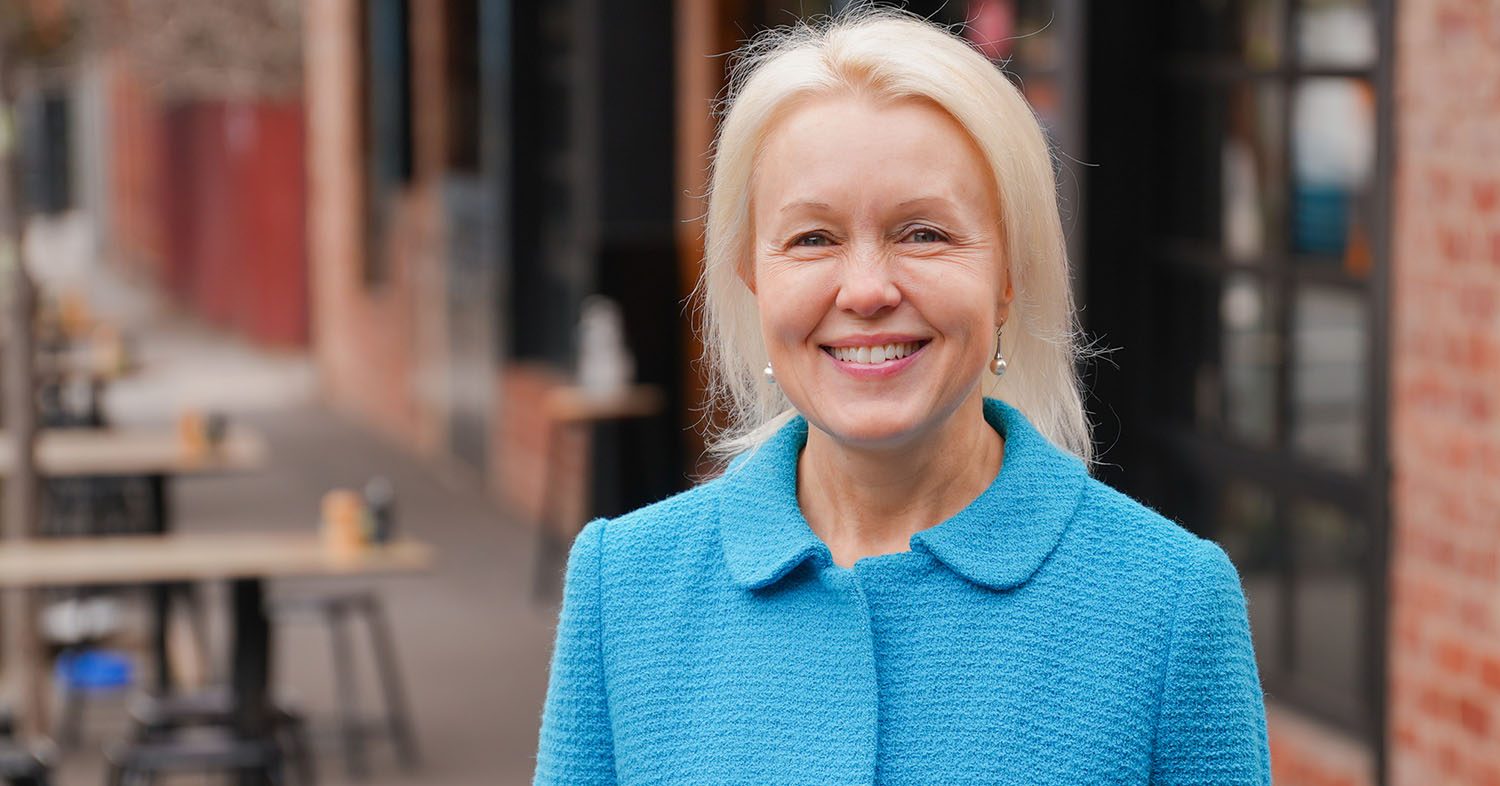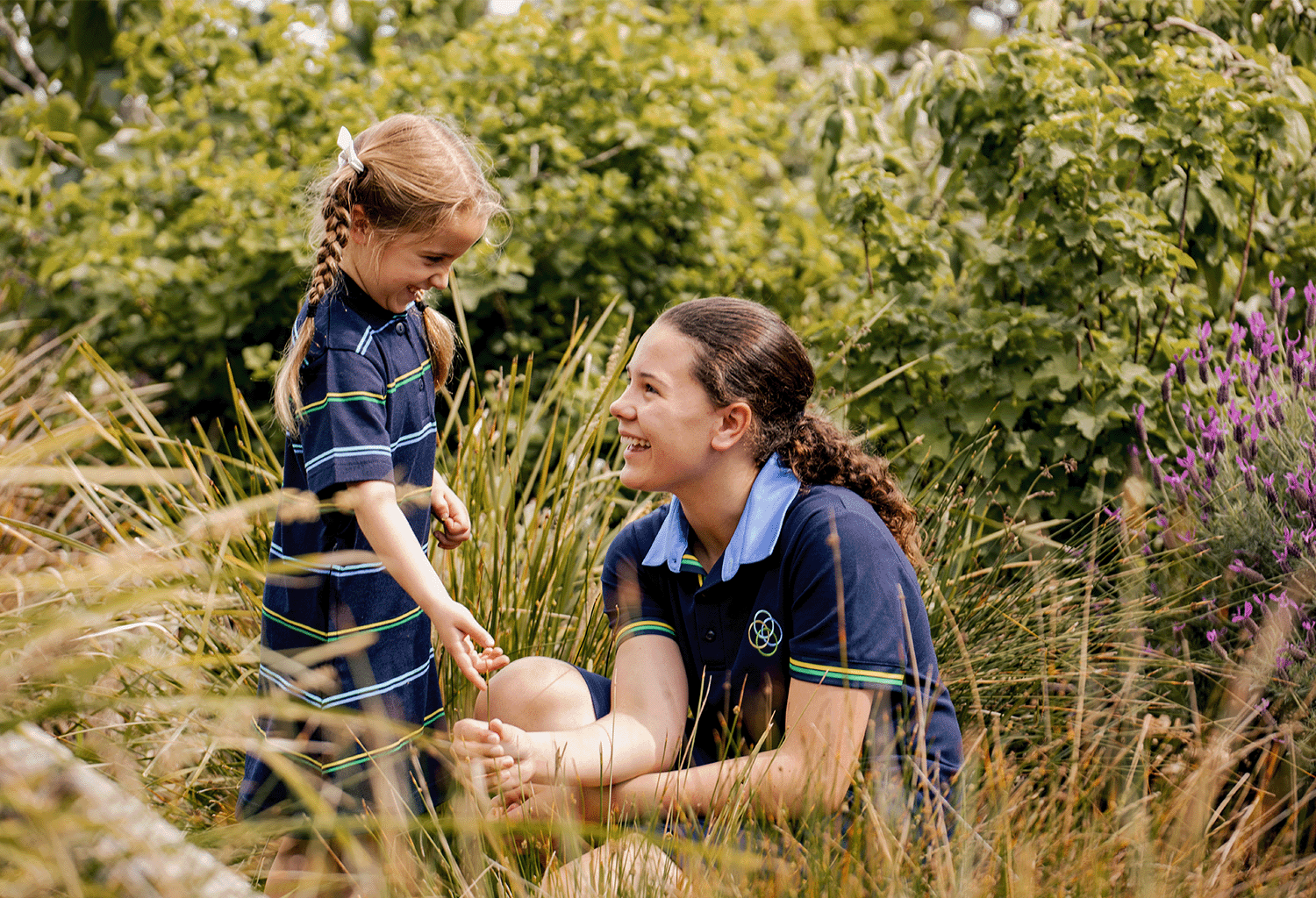Separating fact from fiction: The Real Impact of Independent Schools

2 min read
The Impact of Victorian Independent Schools Report has highlighted the significant value and contribution of our sector. Yet, misconceptions persist about how Independent schools are funded, who they serve, and how payroll tax affects families.
In any healthy debate, persistent myths can obscure the facts. That’s why we’ve created this brief video to address some of the most common misconceptions.
Myth 1: Independent schools are only for wealthy families
Fact: Many Independent school students come from low- and middle-income families. More than half of Victoria’s 230 Independent schools charge less than $7,500 a year in tuition. These schools cater to families not just in Melbourne, but also in regional towns, outer suburbs, and small communities.
Hundreds of thousands of students are educated in Independent schools, easing pressure on the government system. These schools aren’t exclusive; they’re inclusive, diverse, community-driven, and essential to many families across Victoria.
Myth 2: Government funding goes to luxury facilities
Fact: Government funding is tied to students – not buildings. Funding given to Independent schools must be used for teaching, learning resources, and student support – it cannot be used for buildings.
Those swimming pools and capital works that often grab the headlines? They’re made possible thanks mostly to family and school community fundraising which, on average, contribute a remarkable 86%. Some schools are eligible to receive grants specifically related to buildings – but the schools have to apply for the grant and prove that they have both a financial and an educational need for the assistance.
Myth 3: All schools pay payroll tax, so Independent schools should too
Fact: While government schools do pay payroll tax, it’s actually just an internal accounting measure. The school pays the government, which then gives the money straight back – almost like an internal transfer. For Independent schools, it’s a real cost that could otherwise be spent on educating children.
Right now, Independent schools are paying $22 million more in payroll tax than they receive in funding, and there’s no indication this money is being reinvested in education.
The Bigger Picture
Independent schools are more than just educational institutions. They’re employers, contributors, and community partners. They support more than 26,000 jobs, invest locally, and reflect the diversity of the families they serve.
Our Impact Report highlights these contributions and shows that when Independent schools thrive, whole communities benefit.
So next time you hear a myth about Independent schools – check the facts.


